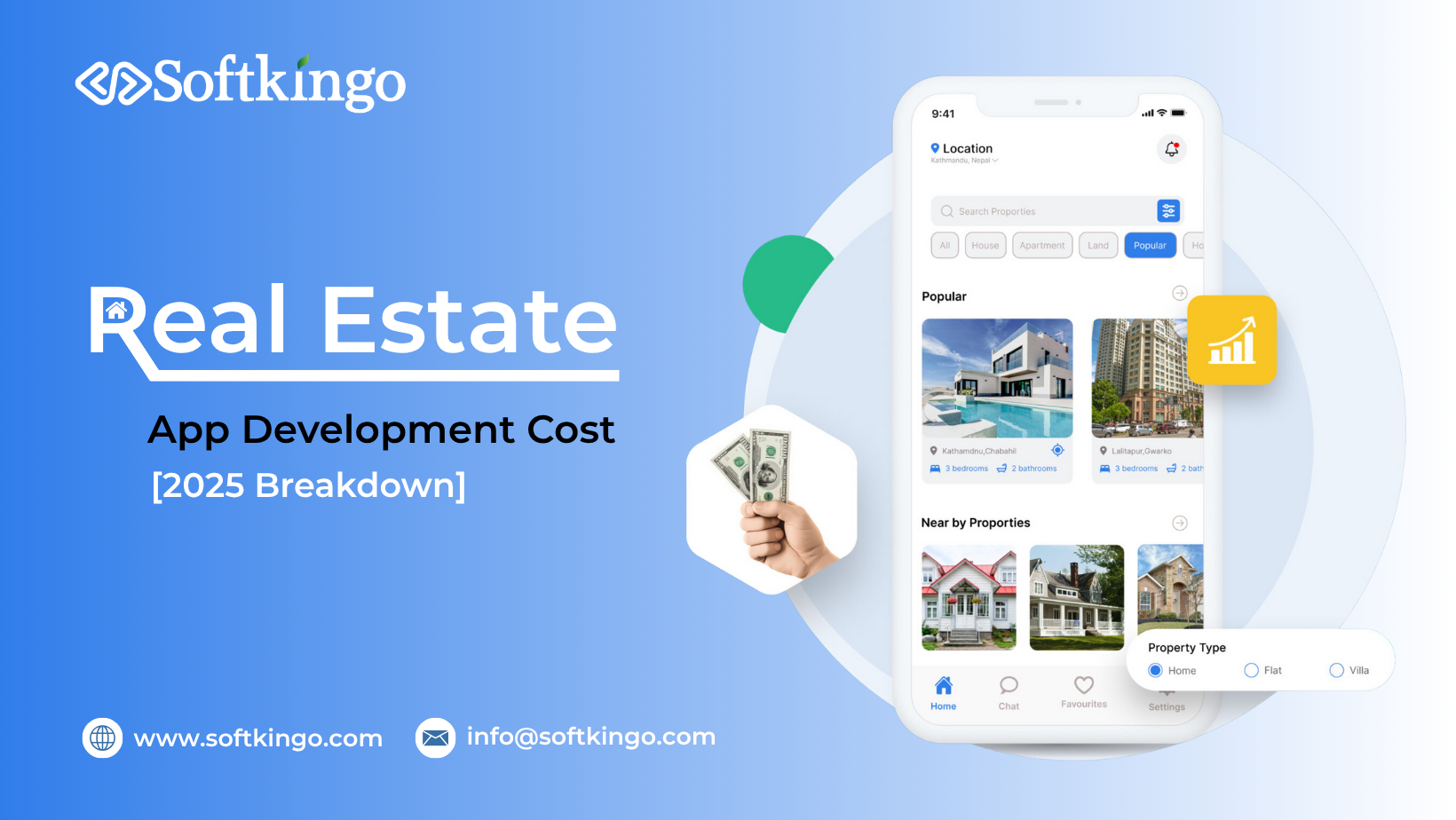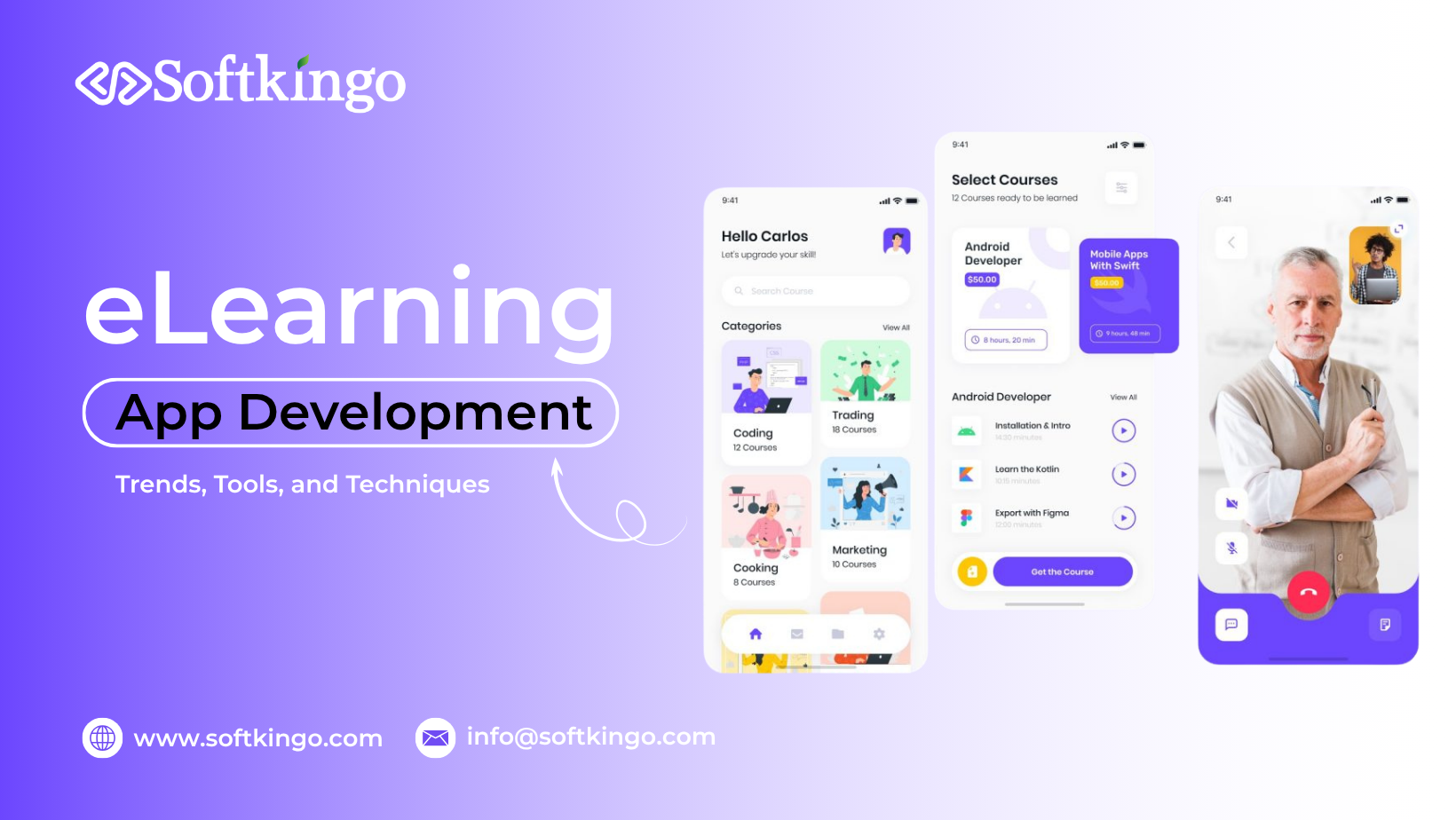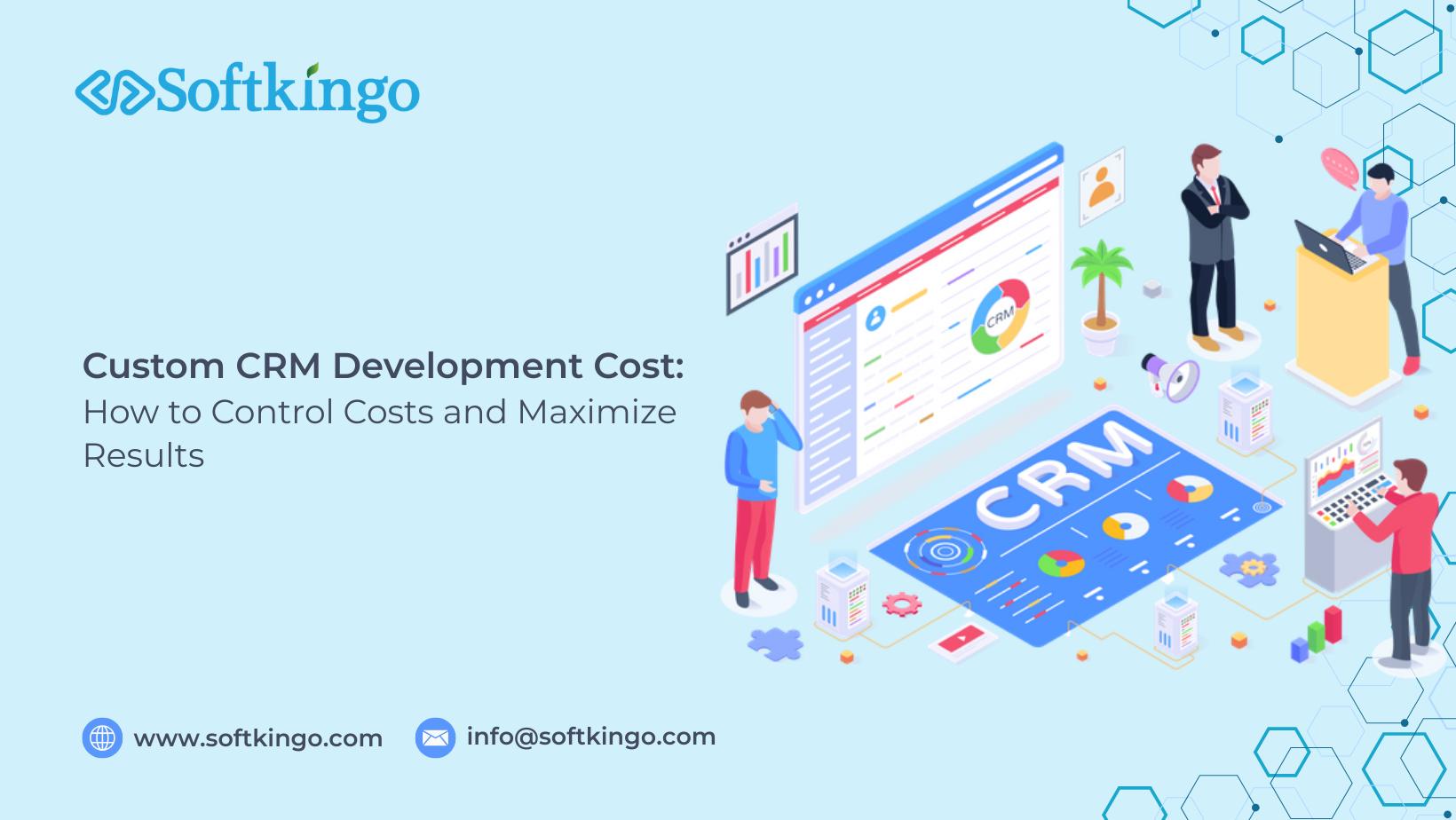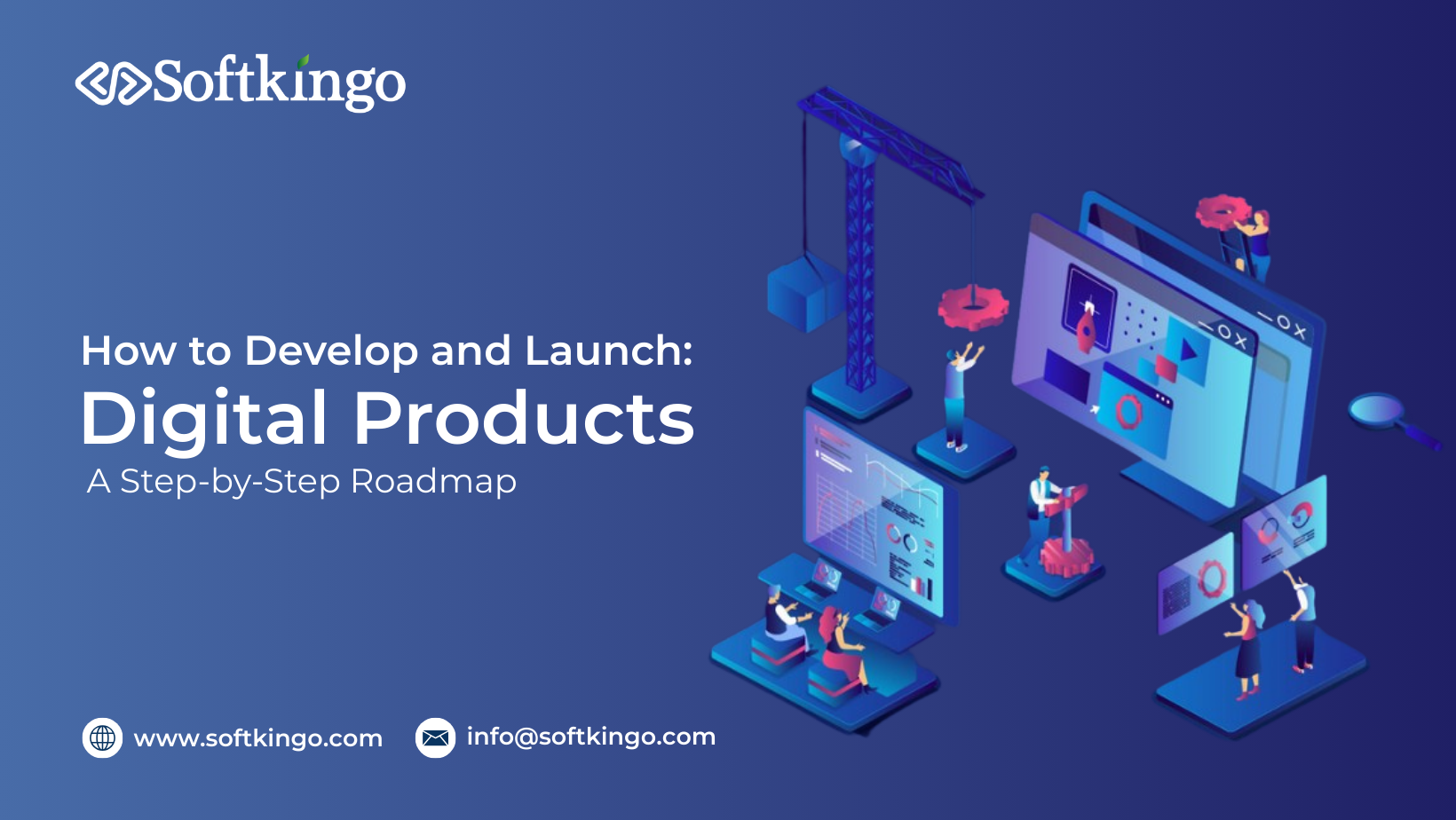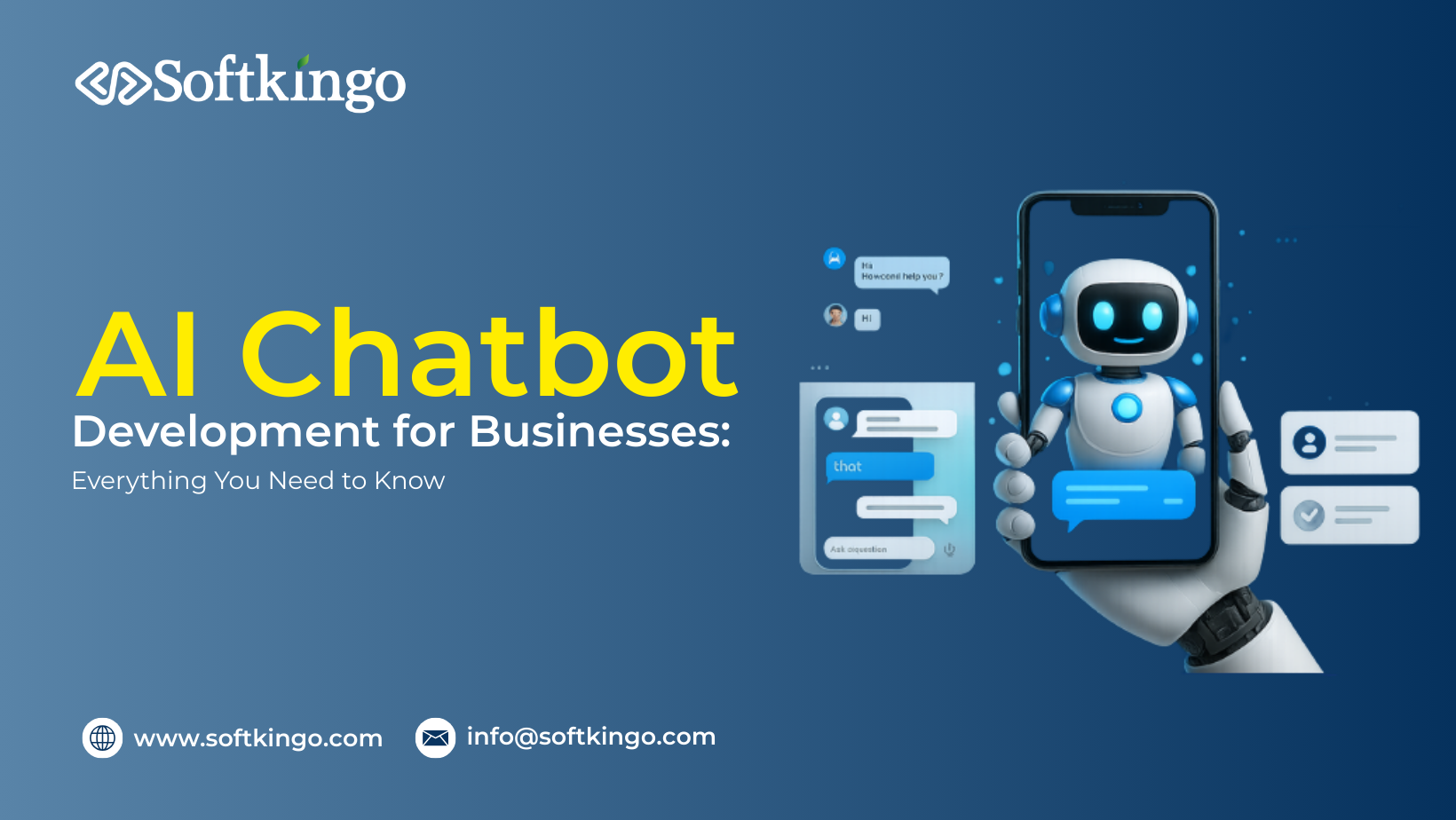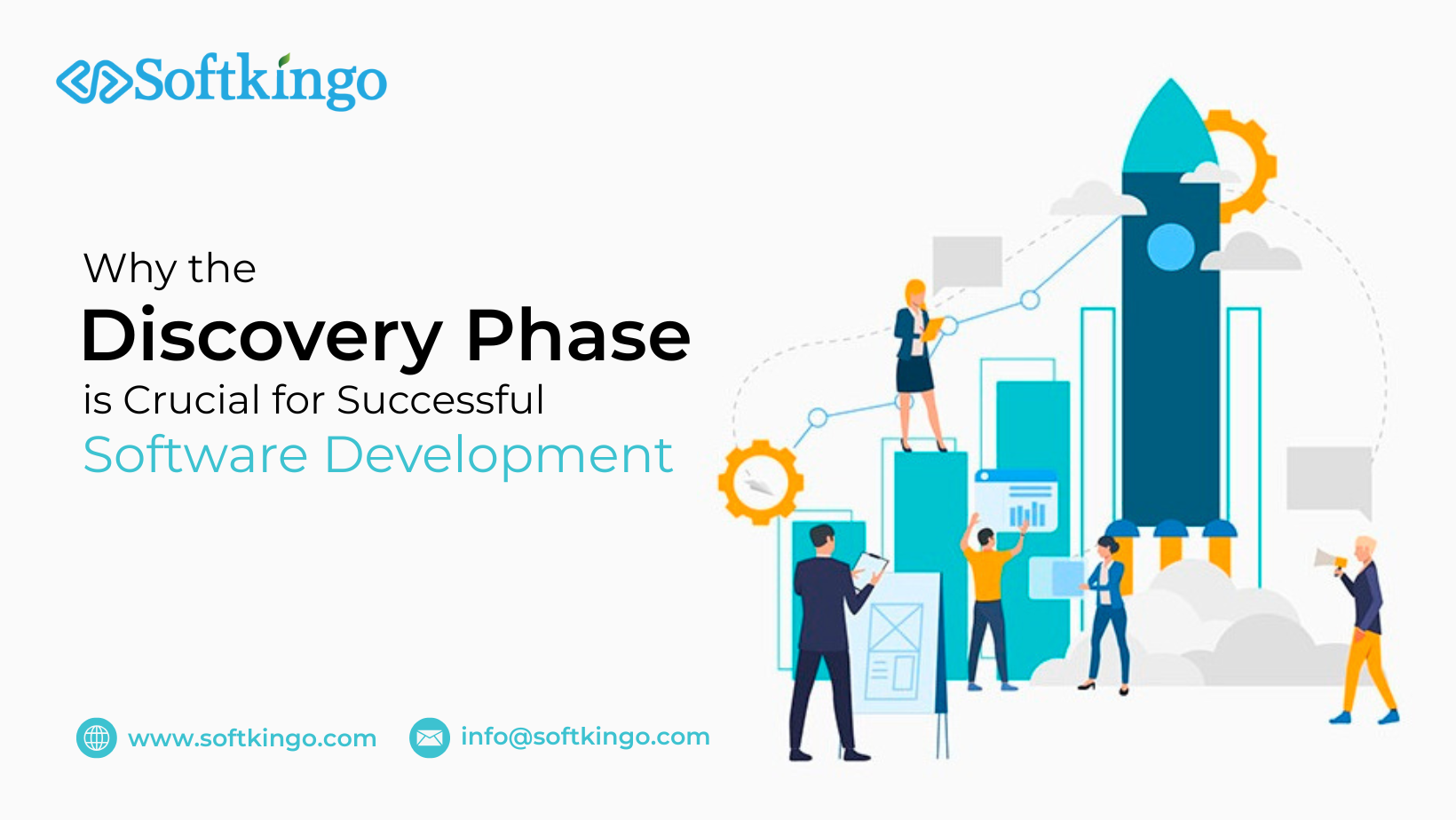
The discovery phase plays a critical role in software development, helping streamline the process while mitigating risks and ensuring that projects are completed on time and within budget. It serves as a foundational step where comprehensive planning and analysis are conducted to align business goals with technical requirements, ensuring the project’s success.
In this blog, we will explore the importance of the discovery phase, its key stages, and how it can set your software development project up for success.
Understanding the Discovery Phase in Software Development
The discovery phase is the initial stage in the software development lifecycle. It takes place before the actual development work begins, focusing on understanding the project in-depth, defining business goals, identifying user needs, and establishing a roadmap for the project.
By spending time on this preparatory stage, businesses can avoid common pitfalls such as unclear project goals, budget overruns, and misaligned expectations. Ultimately, the discovery phase aims to set the foundation for a successful product, often in the form of a minimal viable product (MVP), which can then be iteratively developed based on feedback.
Why Is the Discovery Phase Essential?
The discovery phase is crucial in software development for several reasons:
Clear Understanding of the Project Scope: It allows developers and stakeholders to gain a deep understanding of the project, including the time, resources, and costs involved. With clear project specifications, teams can plan effectively and avoid unexpected setbacks.
Feature Prioritization: Identifying the right features to include in the product ensures that development efforts are focused on delivering value. This helps avoid wasting time on unnecessary features that do not add significant user value.
User and Business Insights: The discovery phase includes identifying the target users and understanding their pain points, which are critical for designing a product that meets user expectations. Additionally, aligning the product with business goals ensures that the software delivers long-term value.
Anticipating Challenges: With proper planning, the discovery phase prepares the team for potential challenges or urgent requirements that may arise during the development process.
Key Benefits of the Discovery Phase
Cost Efficiency: By addressing potential issues upfront, businesses can avoid costly last-minute changes or resource allocations. A clear roadmap ensures that resources are used efficiently, saving both time and money.
Faster Development: With well-defined goals, features, and timelines, the development process can proceed more smoothly. Teams can move quickly through each stage without ambiguity, leading to faster delivery.
Risk Reduction: Proactively identifying risks and challenges in the discovery phase helps prevent errors during the actual development. This reduces the chances of scope creep, budget overruns, and timeline delays.
Building Trust and Collaboration: The discovery phase fosters collaboration between stakeholders, developers, and designers, creating a strong foundation for trust. Clear communication ensures everyone is aligned on expectations and goals.
Stages of the Discovery Phase
The discovery phase consists of several critical stages that help guide the project from concept to execution:
Stakeholder Identification: Identifying and engaging key stakeholders is crucial for aligning expectations. Stakeholders may include clients, end-users, project managers, and developers, all of whom must collaborate to define the vision for the project.
Requirements Gathering: This phase involves collecting and analyzing all requirements from stakeholders. It may include conducting interviews or workshops to gather ideas, expectations, and needs. The goal is to ensure everyone is on the same page regarding the project’s scope.
Market Research and Analysis: Understanding the market, competitors, and industry trends is essential. This analysis helps identify opportunities for differentiation and provides insights into what users expect from similar products.
User Persona Development: Creating user personas helps the development team understand the target audience. By analyzing demographics, behavior, pain points, and goals, the team can design a product that meets users’ needs and preferences.
Defining Project Architecture & Tech Stack: Choosing the right technology stack is critical to the success of the project. The discovery phase helps define the project architecture, ensuring the selected technologies align with business goals and technical requirements.
Budget and Timeline Estimation: Estimating the budget and timeline helps ensure that resources are allocated effectively. This stage provides a clear outline of what can be achieved within the given budget and timeframe.
Tools Used During the Discovery Phase
Various tools help teams in the discovery phase to document requirements, analyze data, and plan effectively. Some of the commonly used tools include:
- Mind Maps: Visual diagrams that capture ideas and requirements in a structured format.
- User Stories: Brief descriptions of the software’s features from the perspective of end-users.
- BPMN (Business Process Model and Notation) Charts: Diagrams that represent business processes, workflows, and tasks.
- SWOT Analysis: A strategic planning tool to analyze the project’s strengths, weaknesses, opportunities, and threats.
- Wireframes and Prototypes: Design tools that provide a basic visual representation of the product, helping stakeholders visualize the final outcome.
Cost of the Discovery Phase
The cost of the discovery phase can vary depending on several factors:
Scope and Complexity: More complex projects require more in-depth analysis and planning, which can increase costs.
Duration: The discovery phase typically lasts between a few weeks to 1-2 months, depending on the project’s complexity.
Team Size: A larger team of professionals may be needed for more intricate projects, which will affect the overall cost.
Geographical Location: Costs can vary depending on where the development team is based. Teams in certain regions may have different rates, which will influence the overall budget.
Specific Needs: Projects with unique requirements or niche markets may require specialized expertise, which can also impact the cost.
Who Should Be Involved in the Discovery Phase?
Several key professionals are involved in the discovery phase to ensure the project is set up for success:
- Product Owner: The person responsible for the overall vision of the product.
- Business Analyst: A professional who conducts research and data analysis to identify potential risks and come up with solutions.
- Project Manager: Ensures the project runs smoothly and that all requirements are met.
- UI/UX Designers: Responsible for creating user-friendly designs and improving the product’s usability.
- Software Architect: Selects the right technology stack and defines the project’s technical structure.
- Developers (Frontend and Backend): Handle the technical implementation of the project.
- QA Engineer: Ensures the product meets quality standards by conducting thorough testing.
Risks of Skipping the Discovery Phase
While it may be tempting to skip the discovery phase to save time, doing so can lead to several risks:
Lack of Clear Vision: Without a well-defined vision, critical elements of the project may be missed, leading to misaligned expectations and product failure.
Impact on Timeline and Resources: Without proper planning, unexpected challenges can cause delays and force teams to use more resources than necessary.
Increased Costs: Not having a clear roadmap can lead to urgent, unforeseen expenses that can quickly escalate the budget.
Poor User Experience: Skipping the discovery phase means missing out on understanding user needs and preferences, which can lead to a product that fails to resonate with the target audience.
Conclusion
The discovery phase is an essential step in the software development lifecycle. It provides the foundation for a successful project by ensuring alignment between business goals and technical requirements. Although it requires time and effort, investing in the discovery phase can save businesses significant resources by reducing risks, accelerating development, and ensuring a final product that meets user needs and expectations.
At Softkingo, we understand the importance of the discovery phase and are here to guide you through the process with our experienced team of professionals. Contact us today to plan your software discovery phase and embark on a successful development journey!
Paramhans Singh is the CEO and founder of Softkingo Technologies, bringing over 8 years of experience in delivering custom software solutions that help startups and enterprises achieve their business goals. He has successfully validated more than 220 app and website ideas and delivered over 100 tailored solutions, utilizing a range of technologies such as Swift, Kotlin, React Native, Flutter, PHP, RoR, IoT, AI, NFC, AR/VR, Blockchain, and NFTs.



